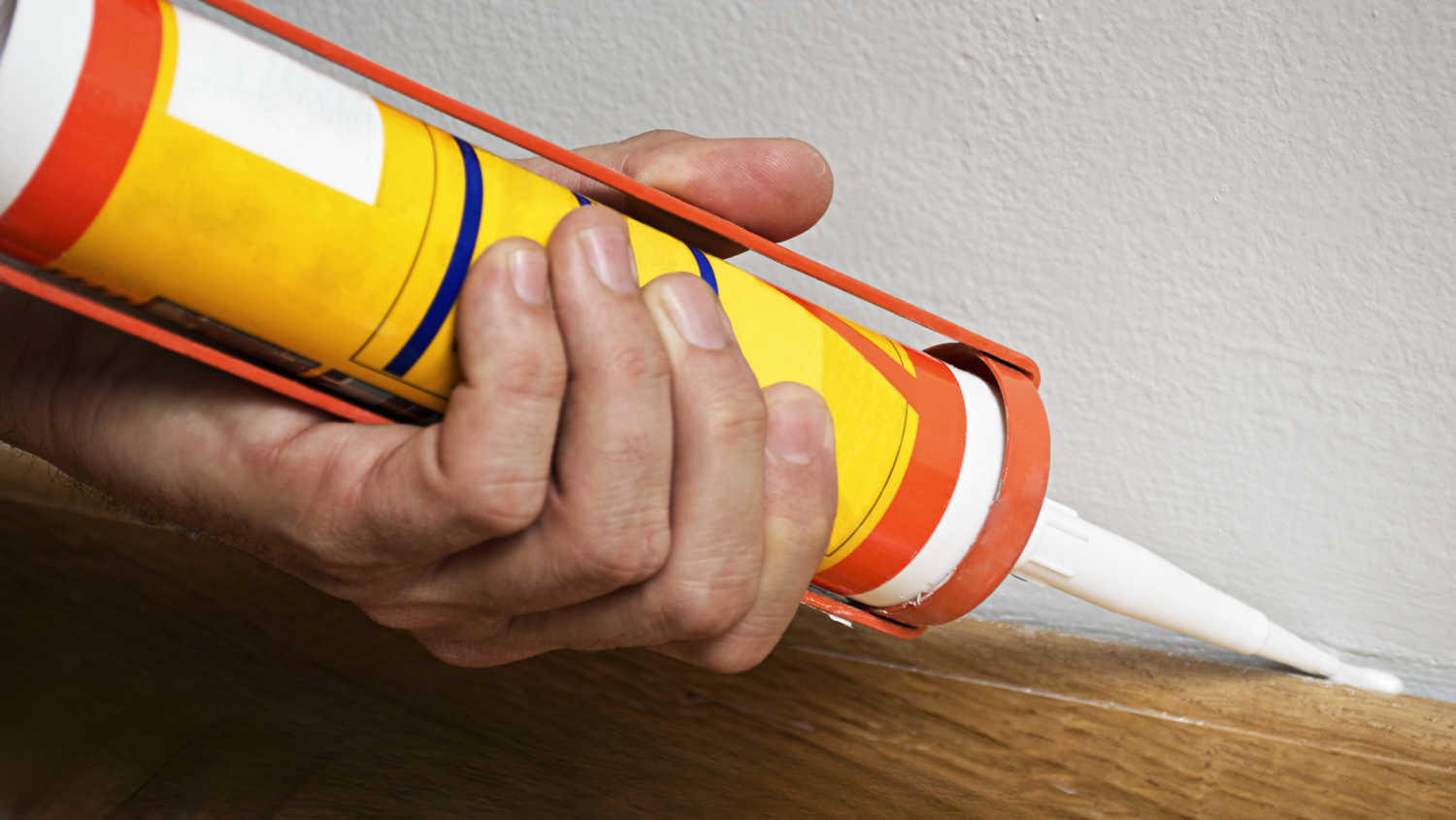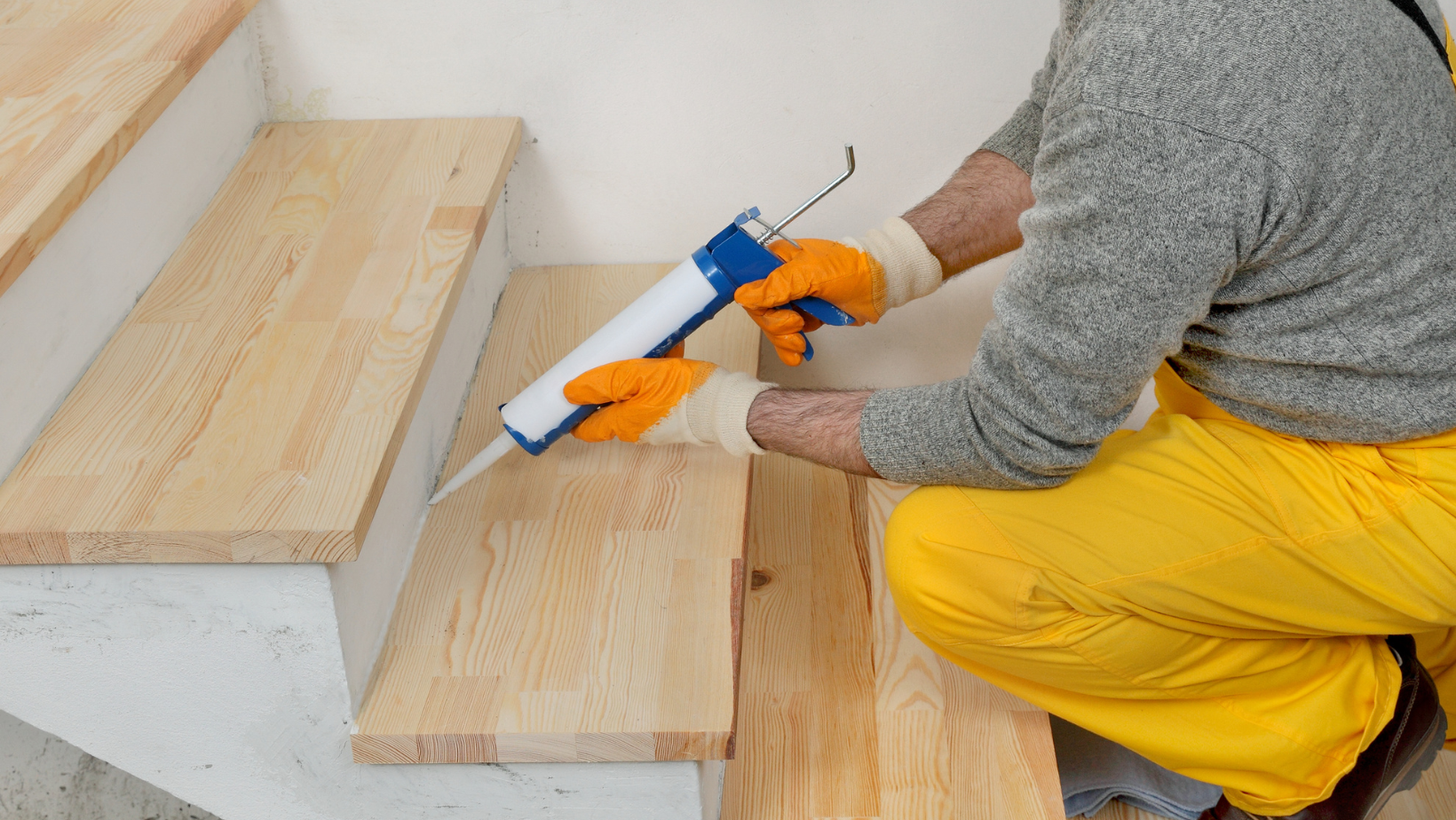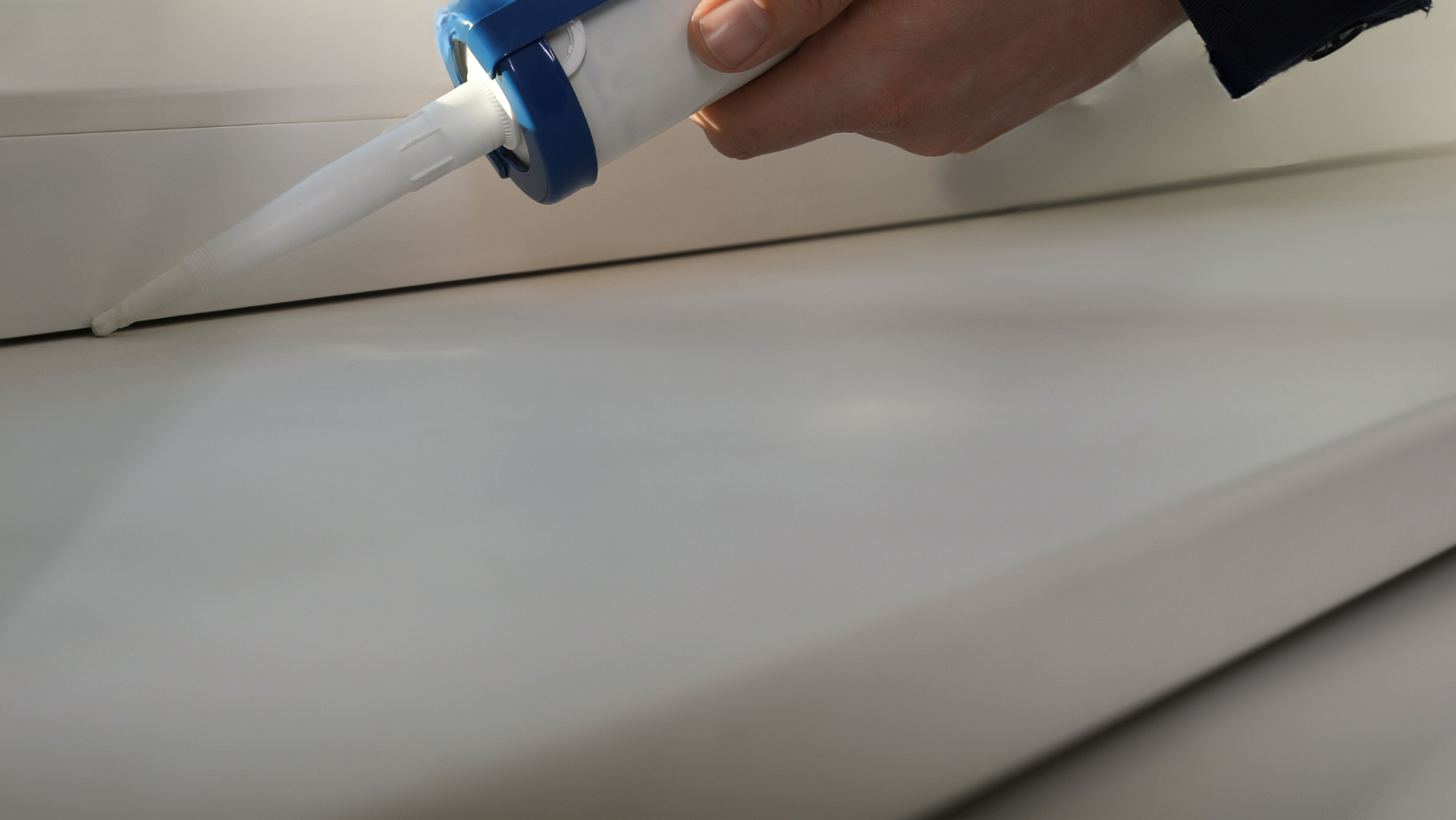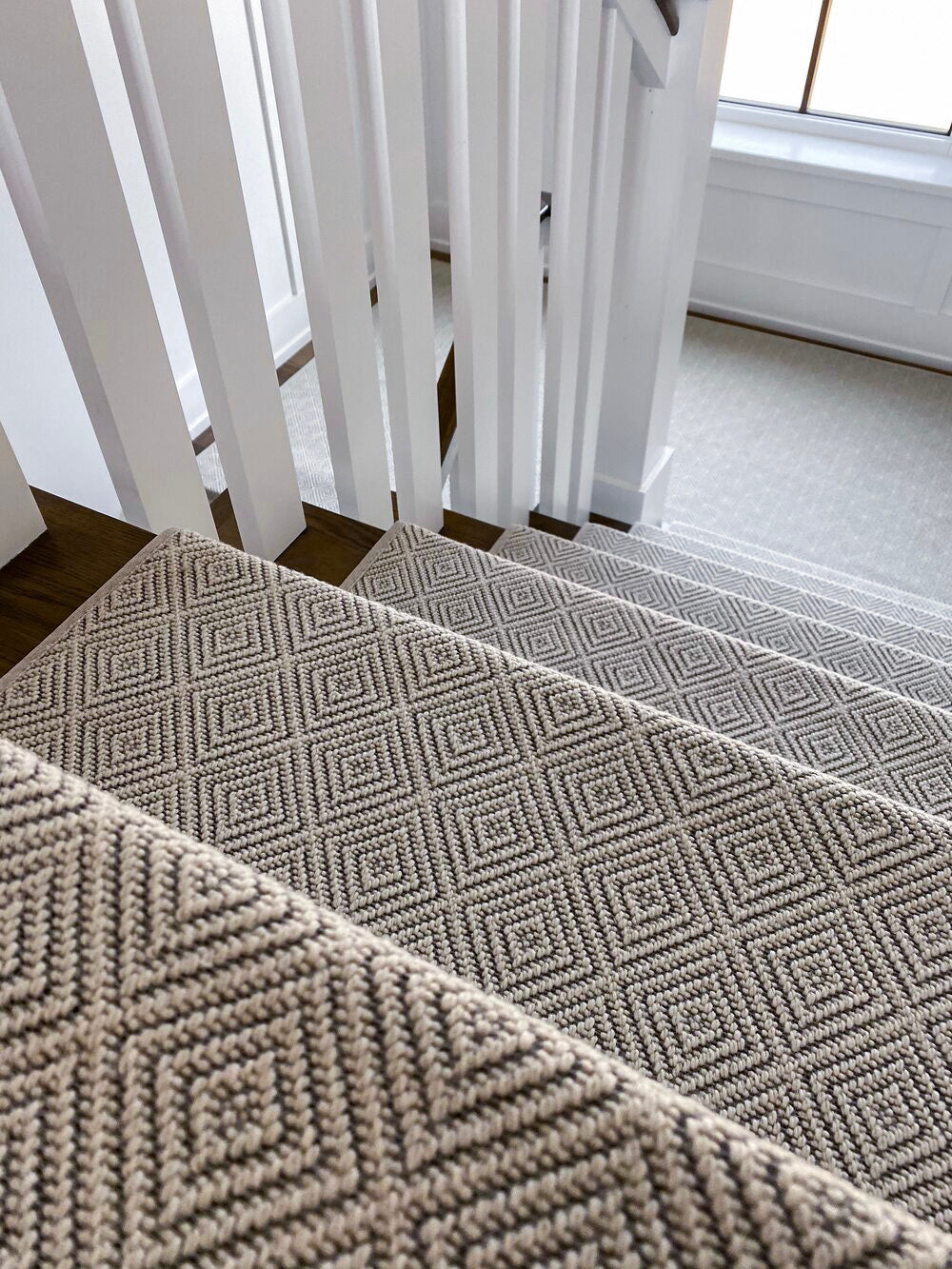If your stairs creak with every step or have visible gaps, you may be wondering: Do you caulk around stair treads?
The answer is yes—caulking helps secure treads, reduce noise, and protect against moisture damage.
Whether you have hardwood or carpet stair treads, properly sealing gaps between the treads and risers ensures a polished, stable, and long-lasting staircase.
This guide will walk you through why caulking is essential, where to apply it, and how to get professional results with a simple DIY approach.
Why Caulking Around Stair Treads Is Important
Caulking helps keep your staircase strong, quiet, and polished.
It stops squeaks, seals gaps, and protects against moisture damage.
Without caulk, your stairs may develop loose treads, which could lead to costly repairs or even safety hazards.
It also helps create a barrier against dust and small debris, making cleaning easier and prolonging the life of your staircase.
Let’s break down why this step is so important.
Preventing Squeaky Stairs
Over time, stair treads loosen from repeated foot traffic.
This movement causes creaks and squeaks whenever you step.
Small gaps between the treads and risers allow for tiny shifts in the wood, which worsen the noise over time.
Caulking locks the treads in place, reducing movement and noise.
A well-caulked staircase feels more solid and secure, making it safer and more comfortable to walk on.
It’s a simple fix that makes your staircase feel sturdy and quiet.
Enhancing the Overall Appearance of the Staircase
Gaps between treads and risers can look unfinished or worn out.
These small imperfections become more noticeable over time, especially if dirt and dust collect in the gaps.
Caulking fills those spaces, creating a smooth, polished look.
If your staircase is a focal point in your home, this small detail makes a big visual impact.
Additionally, caulk can be color-matched or painted to blend seamlessly with your stairs, making the finish look even more professional.
Protecting the Stairs from Moisture and Damage
Moisture can seep into gaps and cause warping, swelling, or rot.
When water gets trapped in unsealed spaces, it can weaken the wood structure, leading to potential repairs or replacements.
This is especially important for outdoor stairs, basement stairs, or humid environments.
Caulking creates a protective seal, keeping water and debris out.
In homes with pets or children, sealing these gaps also prevents spills or messes from soaking into the wood and causing long-term damage.
Where to Caulk Around Stair Treads
Applying caulk in the right places ensures maximum durability and a professional finish.
Caulking too much or in the wrong spots can lead to excess buildup, which may look sloppy or cause uneven drying.
Here’s where you should focus:
Between the Stair Tread and Riser
The joint between each stair tread and riser is a common problem area.
A small gap here allows movement, leading to squeaks.
If left unsealed, dust, pet hair, and dirt can accumulate in these cracks, making them harder to clean.
Applying caulk at this joint stabilizes the stairs and prevents shifting.
This is especially useful in homes with older stairs that have already developed minor gaps due to wear.
Along the Edges of the Stair Treads
Edges where treads meet the walls or stringers can have small gaps.
Over time, these gaps may widen due to natural wood expansion and contraction.
Caulking these areas creates a finished look and prevents dirt buildup.
It also helps block air drafts, improving insulation.
For homes with open staircases, sealing these edges ensures a cleaner, more refined aesthetic.
Around Any Gaps or Cracks in the Staircase
Inspect your staircase for any extra cracks or gaps.
These might appear between the treads and stringers or in the wood itself.
Cracks can be caused by shifting foundations, fluctuating temperatures, or improper installation.
Sealing these areas with caulk prevents further damage and improves the structure.
By addressing small cracks early, you can prevent costly repairs down the line.
How to Caulk Around Stair Treads Effectively
A clean and precise application is key to a professional-looking caulked stair tread.
Rushing the process or using the wrong type of caulk can lead to peeling, cracking, or a messy finish.
Follow these steps for the best outcome.
Gather the Necessary Tools and Materials
You’ll need:
-
A caulking gun
-
Caulk (see types below)
-
Painter’s tape (for clean edges)
-
A putty knife or wet finger (for smoothing)
-
A damp cloth (for cleanup)
Before starting, research the best caulk for stair treads to match your needs.
Using the wrong caulk type can lead to premature cracking or poor adhesion.
Prepare the Staircase for Caulking
Clean the surfaces thoroughly so the caulk adheres properly.
Remove dirt, dust, and old caulk before applying new sealant.
Use painter’s tape along the edges for a clean finish.
Taping off areas also prevents excess caulk from spreading to unwanted surfaces.
Apply the Caulk in a Precise and Controlled Manner
Load the caulk into the caulking gun and apply a steady, even bead along the gaps.
Work in small sections to maintain control.
Use consistent pressure to avoid uneven application.
Applying too much caulk at once can create bulky lines that take longer to dry.
Smooth Out the Caulk for a Professional Finish
Use a putty knife or a wet finger to smooth out the caulk.
This removes excess and creates a seamless look.
Wipe away extra caulk with a damp cloth before it dries.
Ensuring a smooth application will help the caulk blend in naturally with your staircase design.
Conclusion
Caulking around stair treads is a simple yet powerful way to improve your staircase.
It reduces squeaks, enhances appearance, and protects against moisture damage.
By following the right steps, you’ll get a smooth, long-lasting finish.
Take on this DIY project and enjoy a quieter, more polished staircase!
A few hours of work can save you years of maintenance while keeping your home looking its best.
Ready to Upgrade Your Staircase? We’ve Got You Covered!
A well-designed staircase can completely transform your home, adding warmth, style, and comfort.
Whether you're looking to eliminate noisy stairs, protect high-traffic areas, or simply elevate your home’s aesthetic, Oak Valley Designs offers premium carpet stair treads, landings, and hallway runners tailored to your needs.
Our expert team is here to help you find the perfect solution for your space—no guesswork, just beautiful results.
Browse our collection, get expert advice, and take the next step toward a staircase that’s both functional and stylish.
Visit Us: Oak Valley Designs
Call Us: 706.331.0315
Email Us: info@oakvalleydesigns.com
Showroom Address: 30 River Ct SW Bldg E, Cartersville, GA 30120
Let’s make your stairs something you’ll love coming home to!




